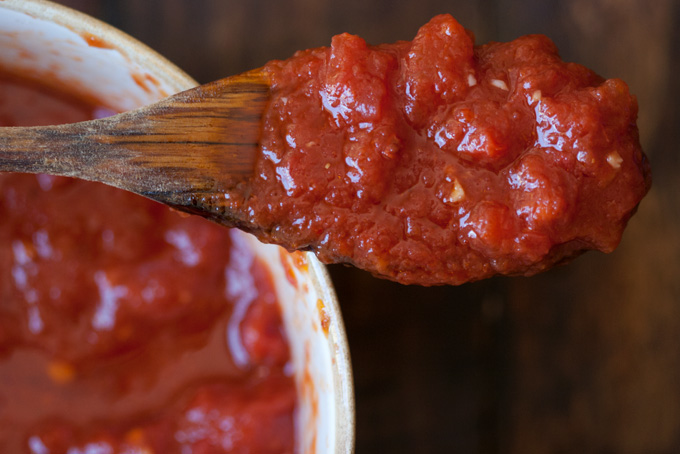It will be officially winter soon. Though it has been a fairly mild winter here, it has still been cold enough to effectively kill off all signs of vegetation in my gardens. My perennials look sad; my herb garden is hibernating for the time being (but at least I can still use the thyme!); the grass is curled and brown.
But...
Inside the house there is a great reprieve. My mother-in-law sent me a beautiful pot of indoor houseplants she started from her own larger plants (she's got a green thumb that I envy so).
And I followed some sage advice to go ahead and grow some green onions inside.
Many readers are probably aware that you can grow green onions from the bulbs you buy at the grocery store. But for those of you who were not aware of this, here's how it works:
Step 1) Next time you're at the store, pick up one of those lil' bunches of green onions. They are hella cheap - I've seen them anywhere from $0.20 up to $0.89. For this project, I recommend the variety with the smaller bulbs (the lil white part with the roots) rather than the larger ones, simply because they take up less space and require a smaller pot.
Step 2) When you get home, cut the green tops off - leave the bulb intact plus an extra 1/2 to 1" of growth above the bulb. The overall length of the part you're saving will be about an inch to an inch and a half long.
Step 3) Make something fancy and delicious with your green onions. Chop 'em up and put them on a chili cheese dog, or on a baked potato, or in some kimchi (see previous entry!).
Step 4) Plant bulbs in soil in a pot. I recommend using soil that is designed for potted plants - don't just rush out and grab some silt from your driveway and expect this to work. The pot (or I guess I should say
vessel, because you can use anything - an old yogurt container with some drainage holes in the bottom, a fibrous old egg carton, or some newspaper that's been rolled up into a pot work too!) doesn't need to be much deeper than the height of your onion bulb chunk. An extra inch or two will be more than sufficient. Give each bulb some space so that they aren't overcrowded.
Step 5) Periodically water the bulbs.
Step 6) Cut off onion greens as needed for your culinary desires.
I love that it adds some greenery to the house in such a drab season; it also helps ward off the occasional stray fruit fly, and it means that I'll always have some fresh onion on hand!





